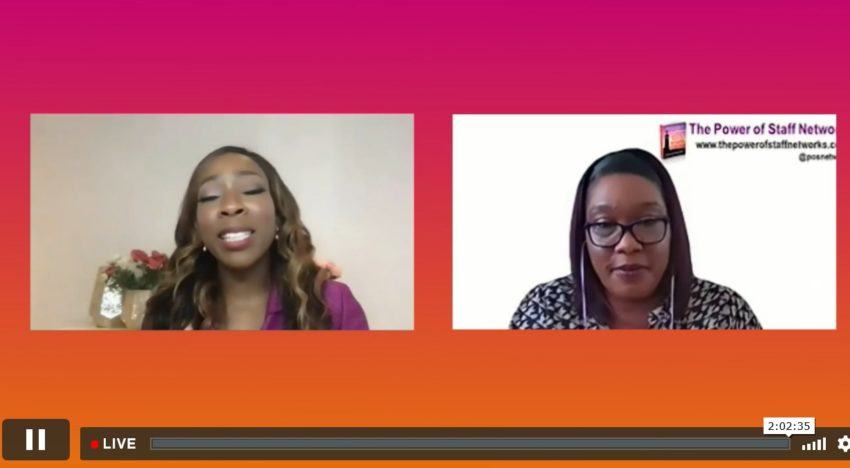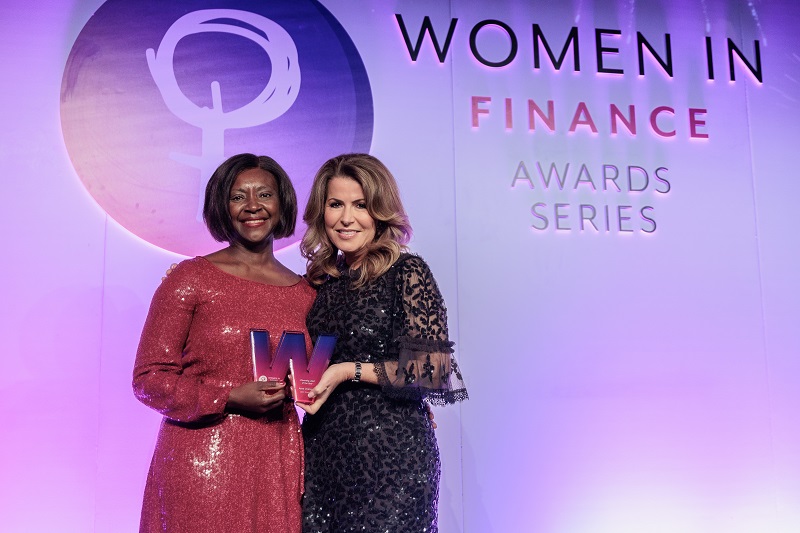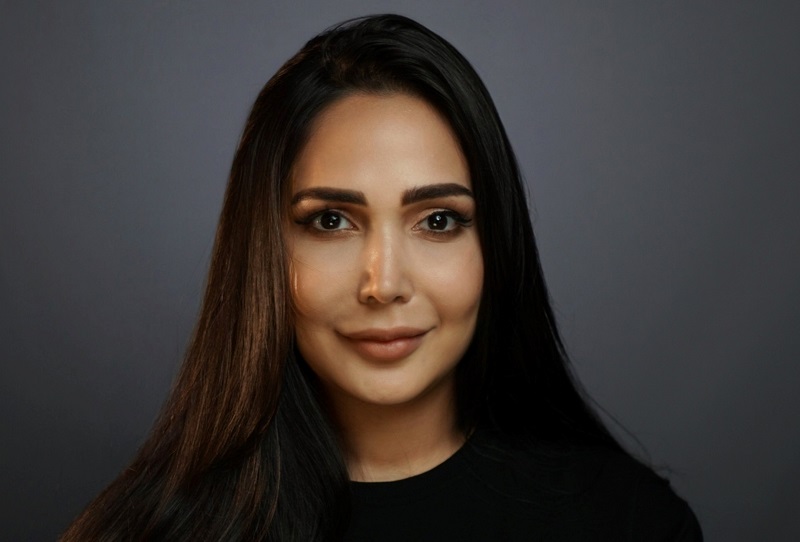The Virtual Women in IT Summit Europe saw different people from incredible backgrounds and experiences come together to discuss the future of tech, diversity and inclusion (D&I).
Co-hosted by Maxine Nwaneri, Founder, The Future is Greater in conversation and Nis Arend, Founder, The Top 1%, the morning began with discussions on how to use tech for good: improving the environment, improving gender diversity and eliminating bias, while the afternoon delved a little deeper into what caused bias, as well as intersectionality and culture – providing insight on how businesses can implement diversity and inclusion from the ground up.
Women in IT Summit Europe: tech for humankind
Among the highlights of the Women in IT Summit Europe was the first D&I session of the day; a conversation on how to use tech to change the world. The use of tech during COVID-19 has created a platform for more women to have a step up in the workplace, as working from home has reduced traditional barriers for women. Hoping to continue this trend, and see better participation at senior levels, the speakers shared ideas on how to deliver ‘Tech for Humankind’.
“Is tech able to increase women’s participation?” Asked moderator Trisha de Borchgrave, Senior Associate working at Global Women Leaders Strategic Philanthropy. She was joined by Anna Derinova Hartmann, Head of Charter Tech Business, FlixMobility Tech GmbH, Manuella Cunha Brito Co-Founder & CEO, Good Tech Lab and Caroline Lawson, Field CTO, SE Manager – Northern Europe, SailPoint who gave tips on how the tech industry can make a better world for all.
Tech has enabled a better work-life balance for women, giving them better opportunities replied Caroline: “There’s more opportunity for these women than there ever has been. This work-life balance, we’ve seen the shift of change to it’s acceptable.
“Now, if your child charges into a zoom call, it’s acceptable. A year ago, you had to work like you didn’t have a child and mother like you didn’t have a job. The tech has now enabled us to blend our work and life, and so everyone finds that acceptable now.”
However, COVID-19 has meant that there is no work-life balance for women, she continues: “If you speak to any working mother during COVID-19 they will all agree that traditional gender roles still apply. We were not all in it together.
“Women are very used to multitasking, and we let it hold us back and not get those top positions. Technology makes it so easy now for us to live our whole lives. It’s not so much working from home as living at work. I’m at work all the time. Now. I’m on conference calls as I empty dishwashers, I’m doing everything all at once. We have to be careful that tech creep doesn’t suddenly overhaul our lives. That’s part of that responsible technology message.”
Eliminating bias
Despite the positive aspects of working home, the tech community must continue to bear in mind the struggles that women face at work, and not let unconscious bias get the best of them.
The opening plenary was followed by a session on the role of AI in eliminating bias, moderated by Navo Wickramanayake, Co-Founder & Director working at The Better Tomorrow Movement.
She was joined by Caroline Lair, Founder, The Good AI and Euan Crosby, Global Lead Business Talent Acquisition Manager, Signavio and kicked off the discussion by arguing that there is too much human influence on AI. “In my view,” says Navo, “AI’s are built by humans and are only as fair and as critical as the humans and data that helps it learn. That data can then contain implicit racial and gender biases because of human influence.
“AI algorithms are also increasingly becoming more complex, less current and transparent, making it difficult for humans to intervene and monitor any biases.”
Think diverse
The focus on unconscious bias continued during the afternoon of the Women in IT Summit Europe where the panellists discussed bias and intersectionality. As organisations, it is not enough to have a handbook or put staff on a training course. If businesses want successful diversity and inclusion, they must put themselves in the shoes of those who face discrimination and think diverse
Anna Jakielaszek, Diversity & Inclusion Consultant, SeeBeMean helped people understand what role to take when tackling bias: scientist, rebel or architect.
The scientist makes observations and recommendations, the architect designs and writes policy and the rebel take action, as she says, all are needed: “I do believe that there are ways that we can observe, create a network, take care of ourselves and take care of those around us by having a mix of the scientist, rebel and architect within our organisations. This way, we can be pulling each other together in the right direction.”
Intersectionality is key
Intersectionality is key in understanding the problem, as intersecting identities can be the root of discrimination. This was the focus of an afternoon discussion between Atena Hensch, Diversity & Inclusion Consultant, Hensch Consulting and Rikia Birindelli-Fayne, Director, Corporate Engagement, EMEA, Catalyst Inc. who shed further light on how to improve D&I in the workplace.
Rikia says: “It’s important to tune into each individual’s unique experiences and understand the dynamic of those overlapping social identities because if we don’t understand each other, as well as our experience of oppression, we can cause each other harm, whether it’s intentional or not.”
On being an ally, Rikia says: “It’s not something you achieve. It’s something you spend your life working towards.
“Real allies act knowing they are going to make mistakes. You need to get comfortable with being uncomfortable.”
Cultural intelligence: final points from the Women in IT Summit Europe
Understanding the culture of those in your organisation can help see progress, says Cherron Inko Tariah, Founder & Consultant, The Power of Staff Networks, the last speaker of the day.
Being a culturally intelligent leader is key, Cherron says: “If you lack awareness of how other cultures operate, you assume how you do things is how they should too. If you’re culturally intelligent, you will be aware that you need to be respectful and understand others accepted norms and ways of behaving. Culturally intelligent leaders do that automatically. They work on ensuring they understand subtleties.”
The Virtual Women in IT Summit Europe (a Bonhill Group event) saw participants from companies all across the world join together to discuss how to make tech a better space for the people in it, and the whole world.
The agenda and a full list of speakers that attended the Women in IT Summit Europe can be found here.









